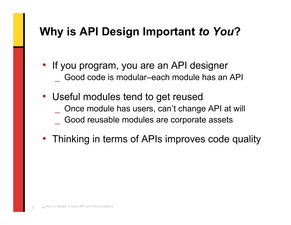How to Make a Money Transfer App: A Comprehensive Guide
Creating a money transfer app is a complex process that involves various stages, from conceptualization to deployment. In this guide, we will walk you through the essential steps and considerations to help you build a successful money transfer app. Whether you are a developer, entrepreneur, or just curious about the process, this article will provide you with a detailed overview.
Understanding the Market

Before diving into the development process, it’s crucial to understand the market and your target audience. Research the existing money transfer apps and identify their strengths and weaknesses. This will help you differentiate your app and offer unique features that cater to your users’ needs.
| Existing Money Transfer Apps | Strengths | Weaknesses |
|---|---|---|
| Western Union | Wide network of agents, strong brand recognition | High fees, limited digital features |
| MoneyGram | Global reach, user-friendly interface | High fees, limited digital features |
| PayPal | Secure, user-friendly, widely accepted | Limited to PayPal users, fees for some transactions |
Legal and Compliance Requirements

Money transfer apps are subject to strict regulations, especially when it comes to anti-money laundering (AML) and know your customer (KYC) policies. Ensure that your app complies with the relevant laws and regulations in the countries you plan to operate in. This may involve obtaining licenses, implementing AML/KYC procedures, and partnering with financial institutions.
Choosing the Right Technology Stack

Selecting the right technology stack is crucial for the success of your money transfer app. Consider the following aspects when choosing your stack:
- Programming Language: Choose a language that is well-suited for mobile app development, such as Swift for iOS or Kotlin for Android.
- Backend Technology: Select a robust backend technology that can handle high transaction volumes, such as Node.js, Ruby on Rails, or Django.
- Database: Choose a scalable and secure database, such as PostgreSQL or MongoDB.
- Payment Gateway: Partner with a reliable payment gateway that supports multiple payment methods and complies with industry standards.
Designing the User Interface
The user interface (UI) of your money transfer app should be intuitive, user-friendly, and visually appealing. Consider the following aspects when designing the UI:
- Navigation: Ensure that users can easily navigate through the app and access the features they need.
- Security: Implement security measures, such as two-factor authentication, to protect users’ sensitive information.
- Language Support: Offer your app in multiple languages to cater to a diverse user base.
Developing the App
Once you have a clear understanding of the market, legal requirements, technology stack, and UI design, it’s time to start developing your money transfer app. Here are some key steps to follow:
- Wireframe and Prototyping: Create wireframes and prototypes to visualize the app’s layout and functionality.
- Frontend Development: Develop the app’s user interface using the chosen programming language and frameworks.
- Backend Development: Build the app’s server-side logic, including database management, payment processing, and user authentication.
- Testing: Conduct thorough testing to ensure that the app functions correctly and meets the required standards.
Deploying the App
After the development and testing phases, it’s time to deploy your money transfer app. Consider the following aspects when deploying your app:
- App Store Submission: Submit your app to the Apple App Store and Google Play Store, following their guidelines and requirements.
- Marketing: Develop a marketing strategy to promote your app and attract users.



